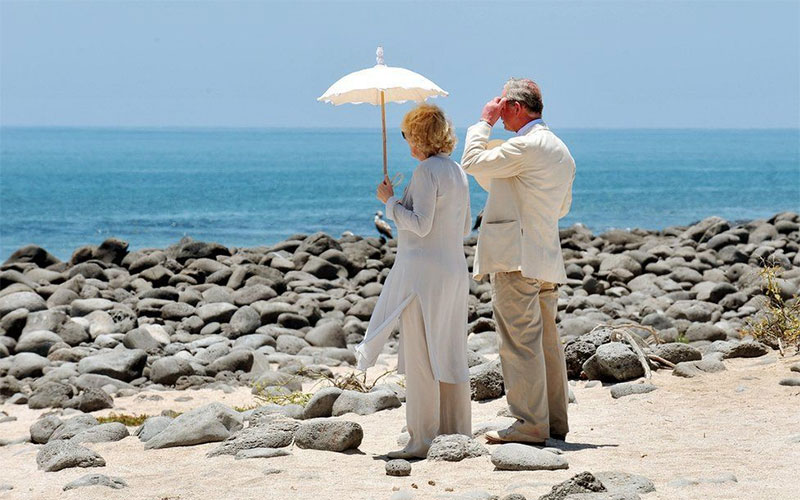The Galapagos Islands, a fragile ecosystem far out to sea, are particularly vulnerable to climate change. Every time the El Niño or La Niña phenomenon strikes, the plants and animals of the archipelago suffer. What are these climate changes, and how do they affect the islands?
What is El Niño?
El Niño is a periodic climate change that takes place over the Pacific Ocean every five years or so.
During El Niño years, the ocean becomes noticeably warmer and the air pressure is high. During El Niño years, rainfall is increased, often to dangerous levels, and flooding is associated with El Niño years.
The warm waters do not allow for the upwelling of nutrient-rich sediment on the bottom, strangling the food chain and harming the fishing industry. El Niño years have a great effect on fish, birds, and any other species that lives in or near the Pacific Ocean. It takes its name from the Spanish: El Niño means “the boy” and refers to Jesus, as the phenomenon is usually noticed around Christmas time.
What is La Niña?
La Niña is essentially the anti-El Niño. Instead of warm water and high air pressure, waters are cold and air pressure is low. Whereas El Niño is associated with floods, La Niña is associated with drought and cold weather. La Niña years often cause heavy snowfalls even in parts of the world far away from the Pacific.
What effects do these have on the Galapagos Islands?
The Galapagos Islands are directly affected by these climatic shifts, as almost every animal in the archipelago depends on the ocean for its survival either directly or indirectly. Even animals such as land iguanas that seemingly don’t need the ocean can be affected by rainfall levels which change their food supply.
The Galapagos ecosystems are supported by a series of currents that bring cool water into the archipelago. Chief among these is the Humboldt Current, which comes northwards along the coast of South America. These cool currents bring with them nutrient-rich sediment from the ocean floor. This feeds plankton and other tiny animals which form the base of the food chain.
When the currents are weakened, there is much less food in the Galapagos Islands for all of the sea life. Sea Lions and other marine animals starve. Almost every animal is affected somehow. Land animals and birds, however, tend to thrive during El Niño years. The increased rainfall leads to more lush vegetation and more food and seeds to eat. Species such as finches thrive.
La Niña years are also bad for certain wildlife in the Galapagos Islands. On land, there is drought, which results in less vegetation. Animals such as land iguanas and tortoises will find they have less food. Birds such as finches, which eat seeds, also suffer during La Niña years. In the ocean, most fish thrive, but some warm-water reef fish suffer when low temperatures linger. Increased fish in the sea are a boon for sea lions and other animals that feed on them, and populations of these animals may boom during La Niña years.
Can anything be done about it?
These climate cycles are natural and no cause for alarm. Life in Galapagos is harsh, and animals die naturally there all the time. Populations of sea lions and iguanas that are devastated by an El Niño year will naturally bounce back eventually.
Some animals may be protected, however. The Isabela Pink Iguana, for example, consists of only a very small population on one corner of Isabela Island. This is a tiny population in a lone ecological niche and a bad La Niña year could conceivably wipe it out. If such a danger is imminent, park service staff would intervene and help the iguanas long enough for them to survive the rough times.

